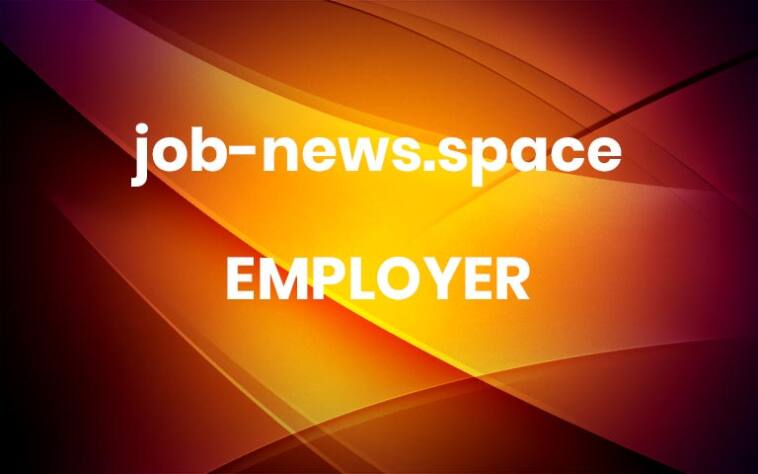Learn How This Company is Helping Students at Historically Black Colleges and Universities Return Safely to Campus
Thermo Fisher Scientific, the world leader in serving science, helps their customers accelerate life sciences research, solve complex analytical challenges, improve patient diagnostics and therapies and increase productivity in laboratories. Today, they are also playing a critical role in addressing the COVID-19 pandemic. As COVID-19 continues its global spread, certain populations, including people of African heritage, are being impacted more than others, both through increased risk of COVID-19-related illness, hospitalization and death and as a result of the economic fallout of the pandemic.
In the U.S., historically Black colleges and universities (HBCUs) are experiencing major disruptions in their enrollment, fundraising and other revenue streams (i.e., tuition, housing, food services and bookstores) and many HBCU students, who may rely on student loans and other financial assistance, may have difficulty accessing online classes on laptops and through Wi-Fi at home. It’s therefore critical that these colleges and universities have a way to get students, faculty and staff back to campus safely as soon as possible.*
Thermo Fisher Scientific is uniquely positioned to help, not only because of the breadth and depth of their capabilities, but because of their commitment to advancing STEM education and giving back to the communities in which they live, work and serve.
Here’s a look inside this ambitious new effort by a company committed to enabling their customers to make the world healthier, cleaner and safer.
Honoring The Legacy Of Dr. Ernest Everett Just—By Providing Cutting-Edge Science Equipment And Testing To HBCU Students
The Just Project honors biology pioneer and educator Dr. Ernest Everett Just, who uncovered the role of the cell surface in the development of organisms (and a former professor at Howard University, one of the oldest HBCUs in the nation). This initiative will bring no-cost Covid-19 testing to member schools, through a $25 million donation of cutting-edge lab equipment and reagents in an effort to bring students, faculty and staff safely back to campus during the 2020-21 school year
Here’s a look at how that works: First, Thermo Fisher will provide the instruments, reagents, kits and technical support to bring COVID-19 testing to up to 10 HBCUs that will serve as testing centers on their campus and for other HBCUs in their region.
To date, Thermo Fisher has signed up several universities that will serve as testing centers, including Howard University College of Medicine, Morehouse School of Medicine, Meharry Medical College, Xavier University of Louisiana, Hampton University, Tuskegee University and others. These will serve as hubs for processing the tests conducted at all of the HBCUs around the country.
Not only will these efforts support the continued access of educational programs for HBCU students this semester, but they’ll leave a lasting legacy in the health care of scholars, faculty and staff on these campuses for many years to come.
Building An Even More Diverse Team At Thermo Fisher: Hiring 500 Additional Interns And Full-Time Employees From HBCUs
Thermo Fisher is already a leader in diversity and inclusion, especially in the science industry, with their unique approach to diversity and leadership development programs designed to advance the careers of all professionals. The Just Project is taking those efforts to the next level.
As part of The Just Project, Thermo Fisher plans to hire an additional 500 students from HBCUs into internship, entry-level and professional roles over the next three years. And it’s not just candidates with a science background who can benefit from this, either. Thermo Fisher has development programs and internships in finance, marketing, sales, technology, and more.
Plus, with innovation at the heart of Thermo Fisher’s culture it requires an ever-more-inclusive and welcoming environment in order to thrive and continue to lead in science and technology. Professionals of all backgrounds contributing and collaborating to solve the world’s biggest challenges make it a great place for anyone to succeed personally and professionally.
Ready to start your career at a company that goes above and beyond for its communities? Check out open opportunities at Thermo Fisher Scientific on WayUp!
*Source: U.S. Centers for Disease Control and Prevention, USA Today, The Conversation More



